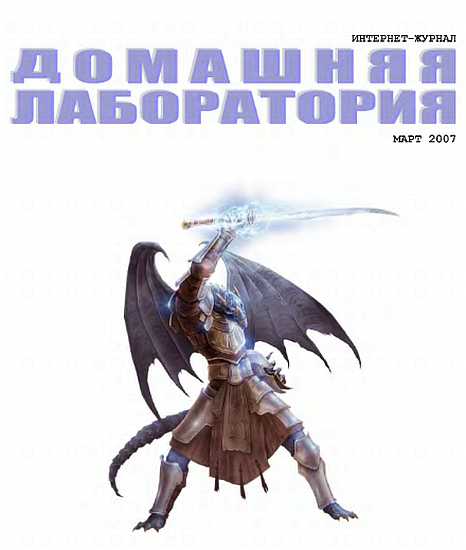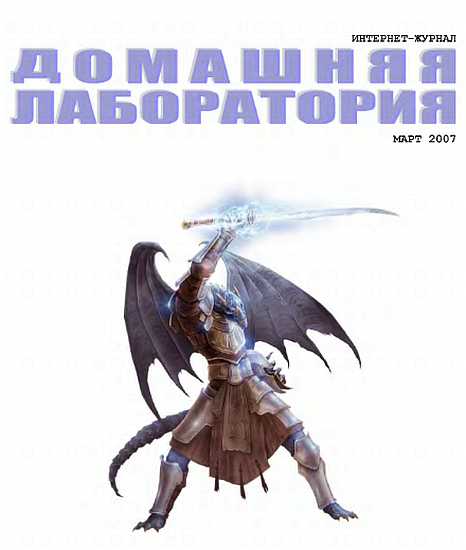motor too fast, making a lot of noise, and risking breakage of the glass tube. It does, however, make a slightly higher voltage, until the device breaks.
To use the Van de Graaff generator, simply clip the battery to the battery clip. If the brushes are very close to the ends of the rubber band, but not touching, you should be able to feel a spark from the soda can if you bring your finger close enough. It helps to hold onto the free end of the bottom brush with the other hand while doing this.
To use our generator to power the Franklin's Bells we built in the previous section of the book, clip the bottom brush wire to one "bell", and attach a wire to the top of the generator, connecting it to the other "bell".
The pop-top clapper of the Franklin's Bells should start jumping between the soda cans. It may need a little push to get started.
How does it do that?
You may have at one time rubbed a balloon on your hair, and then made the balloon stick to the wall. If you have never done this, try it!
The Van de Graaff generator uses this trick and two others to generate the high voltage needed to make a spark.
The first trick
When the balloon made contact with your hair, the molecules of the rubber touched the molecules of the hair. When they touched, the molecules of the rubber attract electrons from the molecules of the hair.
The you take the balloon away from your hair, some of those electrons stay with the balloon, giving it a negative charge.
The extra electrons on the balloon repel the electrons in the wall, pushing them back from the surface. The surface of the wall is left with a positive charge, since there are fewer electrons than when it was neutral.
The positive wall attracts the negative balloon with enough force to keep it stuck to the wall.
If you collected a bunch of different materials and touched them to one another, you could find out which ones were left negatively charged, and which were left positively charged.
You could then take these pairs of objects, and put them in order in a list, from the most positive to the most negative. Such a list is called a Triboelectric Series. The prefix Tribo - means "to rub".
The Triboelectric series
Most positive (items at this end lose electrons)
��asbestos
��rabbit fur
��glass
��hair
��nylon
��wool
��silk
��paper
��cotton
��hard rubber
��synthetic rubber
��polyester
��styrofoam
��orlon
��saran
��polyurethane
��polyethylene
��polypropylene
��polyvinyl chloride (PVC pipe)
��teflon
��silicone rubber Most negative
(items at this end steal electrons)
Our Van de Graaff generator uses a glass tube and a rubber band. The rubber band steals electrons from the glass tube, leaving the glass positively charged, and the rubber band negatively charged.
The second trick
The triboelectric charging is the first trick. The second trick involves the wire brushes.
When a metal object is brought near a charged object, something quite interesting happens. The charged object causes the electrons in the metal to move. If the object is charged negatively, it pushes the electrons away. If it is charged positively, it pulls the electrons towards it.
Electrons are all negatively charged. Because like charges repel, and electrons are all the same charge, electrons will always try to get as far away from other electrons as possible.
If the metal object has a sharp point on it, the electrons on the point are pushed by all of the other electrons in the rest of the object. So on a point, there are a lot of electrons pushing from the metal, but no electrons pushing from the air.
If there are enough extra electrons on the metal, they can push some electrons off the point and into the air. The electrons land on the air molecules, making them negatively charged. The negatively charged air is repelled from the negatively charged metal, and a small wind of charged air blows away from the metal. This is called "corona discharge", because the dim light it gives off looks like a crown.
The same thing happens in reverse if the metal has too few electrons (if it is positively charged). At the point, all of the positive charges in the metal pull all the electrons from the point, leaving it very highly charged.
The air molecules that hit the metal point lose their electrons to the strong pull from the positive tip of the sharp point. The air molecules are now positive, and are repelled from the positive metal.
The third trick
There is one more trick the Van de Graaff generator uses. After we understand the third trick, we will put all of the tricks together to see how the generator works.
We said earlier that all electrons have the same charge, and so they all try to get as far from one another as possible. The third trick uses the soda can to take advantage of this feature of the electrons in an interesting way.





